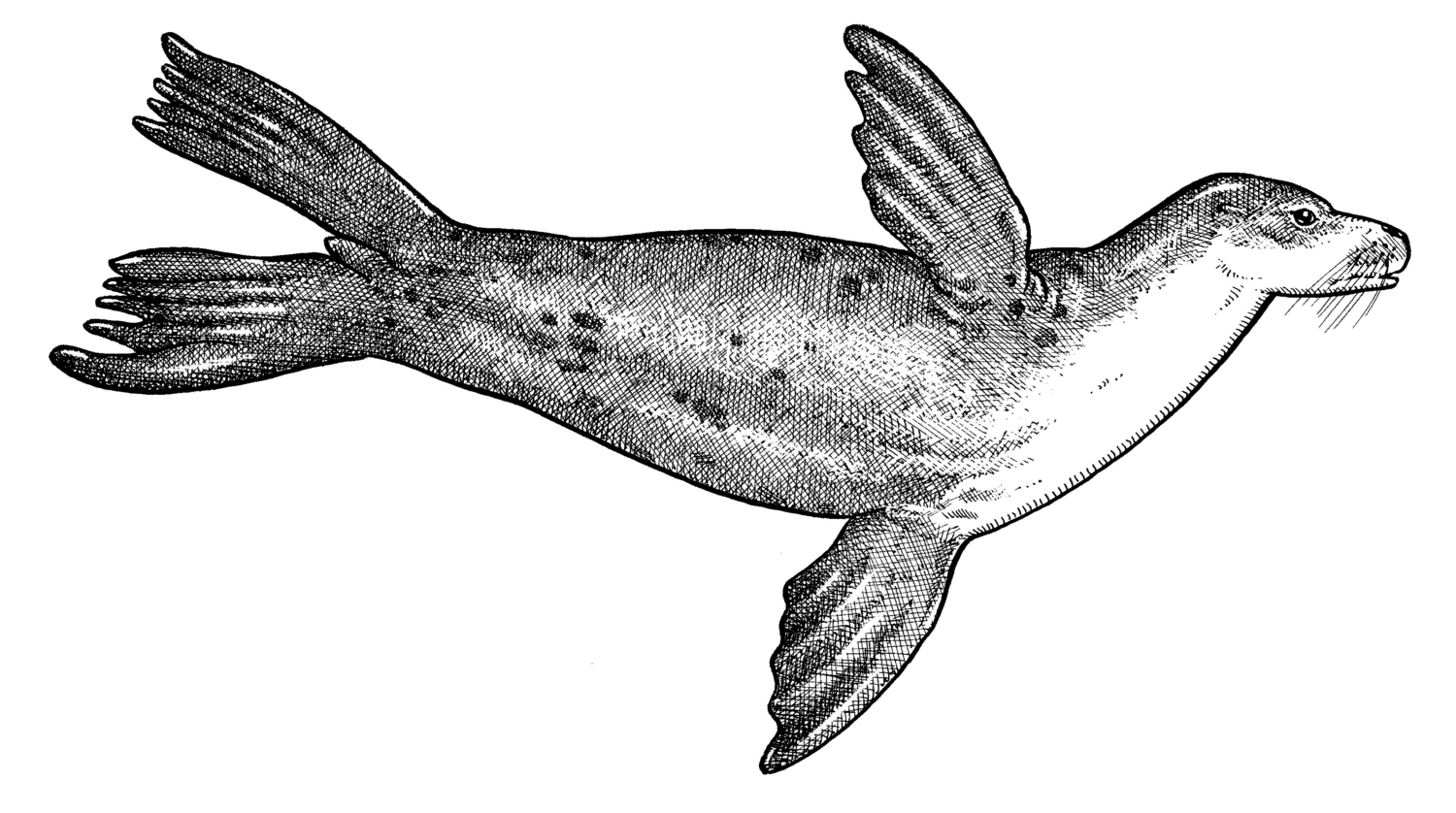Healthy marine life is central to our Australian lifestyle, our livelihoods, our coastal economies and our global reputation.
But our oceans are under threat – climate change, poorly managed fisheries, coastal development, and pollution threaten the health of our oceans.
Marine Protected Areas (MPAs) are key tools for ocean conservation, helping to reduce stress on marine ecosystems. Human activities are carefully regulated within MPAs, with different activities allowed in different zones. Multi-use zones, for example, allow certain types of commercial fishing. Zones designed to protect the seabed habitat might allow only recreational fishing.
Marine sanctuary zones, also known as marine national parks or green zones, are the highly protected zones where no fishing, mining, dumping, or oil and gas extraction is allowed, but we can visit and enjoy seeing the wildlife – they are the golden egg of marine conservation!

